Home

Fibroids

Uterine Artery Embolization: A Non-Invasive Solution for Fibroids
In this Article
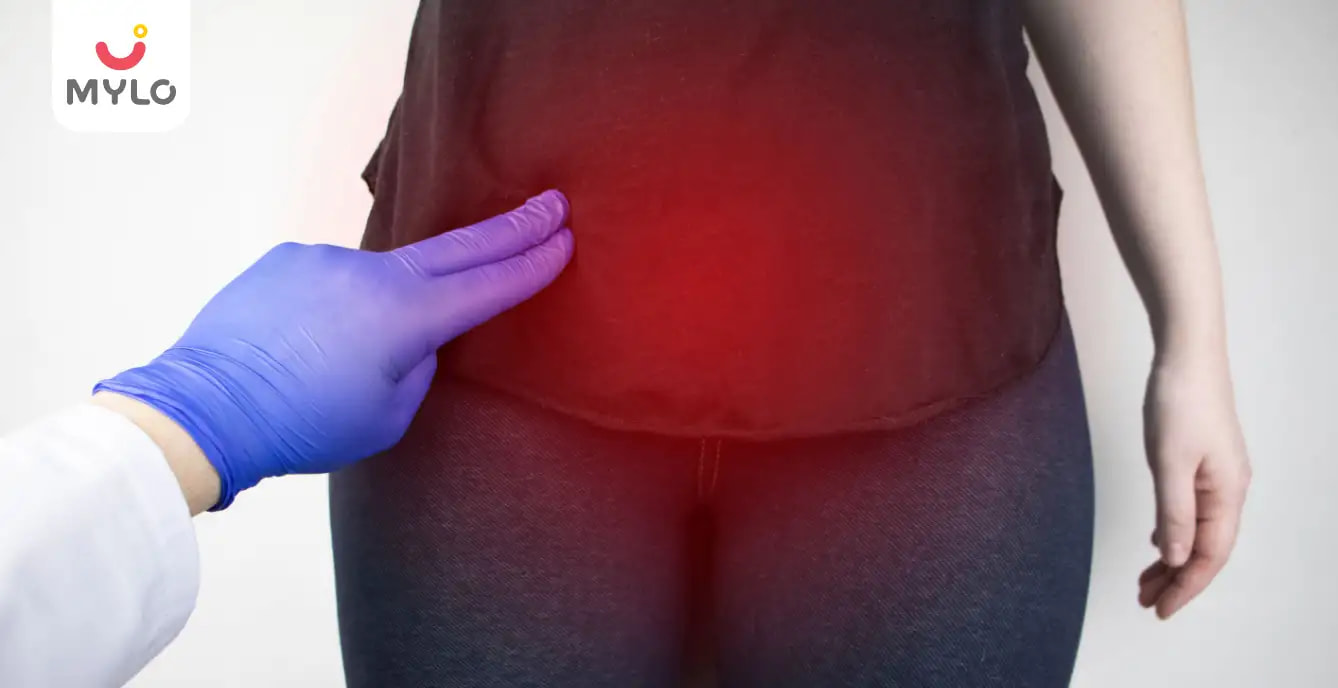
Fibroids
Uterine Artery Embolization: A Non-Invasive Solution for Fibroids
Updated on 8 September 2023



Medically Reviewed by
Dr. Shruti Tanwar
C-section & gynae problems - MBBS| MS (OBS & Gynae)
View Profile

Uterine fibroids are a common condition that affects many women worldwide. These non-cancerous growths can cause a range of symptoms, including heavy menstrual bleeding, pelvic pain, and pressure on the bladder or rectum. While there are several treatment options available, uterine artery embolization (UAE) has emerged as a non-invasive solution that offers many benefits.
In this article, we will understand in detail about the procedure, its benefits, risks and uterine artery embolization cost in India.
What are uterine fibroids?
Uterine fibroids, also known as leiomyomas, are benign growths that develop in the uterus. They can vary in size, ranging from tiny seedlings to large masses that distort the shape of the uterus. Fibroids are common, affecting up to 80% of women by the age of 50. While they are usually asymptomatic, they can cause a range of symptoms, including heavy menstrual bleeding, pelvic pain, and pressure on the bladder or rectum.
What is Uterine Artery Embolization?
Uterine artery embolization, also known as uterine fibroid embolization, is a minimally invasive procedure that involves blocking the blood supply to the uterine fibroids. During the procedure, a small catheter is inserted through a tiny incision in the groin and guided to the uterine arteries using X-ray imaging.
Once in place, small particles are injected into the arteries to block blood flow to the fibroids. This causes the fibroids to shrink and die off over time, leading to a reduction in symptoms.
Benefits of uterine artery embolization
Here are 6 benefits of uterine fibroid embolization:
1. The Uterus is Spared
Uterine embolization is a procedure that blocks the blood flow to the uterine fibroids, causing them to shrink, but it leaves the uterus intact. This means that women can avoid the risks associated with surgery and can preserve their fertility. Although it might be possible to conceive after UAE, this treatment is usually not recommended to women planning to get pregnant in future.
2. No Scar
UAE is a minimally invasive procedure, which means there is no need for major surgery and the patient doesn't have to worry about scars.
3. Your Fibroids Will Shrink
UAE is a highly effective treatment that blocks the blood flow to the uterine fibroids, causing them to shrink. This can help alleviate the symptoms associated with fibroids, such as heavy menstrual bleeding, pelvic pain, and frequent urination.
4. Fibroid-Related Symptoms Improve
UAE has been shown to be effective in improving symptoms related to uterine fibroids, such as heavy menstrual bleeding, pelvic pain, and frequent urination.
5. Less Risk Than Surgery
UAE is a minimally invasive procedure that is associated with less risk than traditional surgery. Patients typically experience less pain, less blood loss, and a shorter recovery time.
6. Quick Recovery Time
UAE is an outpatient procedure that takes around 90 minutes. Patients can usually resume normal activities within one to two weeks.
You may also like: Top 10 Health Issues Related To Women
Uterine artery embolization vs. other fibroid treatments
There are several treatment options available for uterine fibroids, including surgery, medication, and other minimally invasive procedures. While each option has its own advantages and disadvantages, uterine embolization has emerged as a popular choice due to its non-invasive nature and high success rates.
Compared to surgery, UAE is less invasive and has a faster recovery time. It also preserves the uterus, making it a good option for women who wish to preserve their fertility. Compared to medication, UAE offers a more long-term solution, with the effects lasting for several years.
You may like : Myomectomy: A Comprehensive Guide to Uterine Fibroid Removal Surgery
Uterine artery embolization procedure
The uterine fibroid embolization procedure is a minimally invasive procedure that usually takes around 1 hour to complete. Before the procedure, the patient will receive a local anesthetic to numb the area around the groin.
Once the area is numb, a small incision is made in the groin, and a catheter is inserted into the femoral artery. The catheter is then guided to the uterine arteries using X-ray imaging.
Once in place, small particles are injected into the arteries to block blood flow to the fibroids. The patient is usually able to go home on the same day as the procedure.
Recovery after uterine artery embolization
Recovery after uterine artery embolization is usually much faster than with surgical procedures. Most patients are able to return to their normal activities within a week of the procedure. However, it is important to avoid heavy lifting and strenuous exercise for several weeks after the procedure to allow the body to heal. Patients may experience some mild cramping and discomfort for a few days after the procedure, but this can usually be managed with over-the-counter pain medication.
Uterine artery embolization cost in India
The cost of uterine artery embolization in India varies depending on several factors, including the location of the hospital, the experience of the surgeon, and the type of anesthesia used. For Indian patients, the cost can range from Rs. 1,00,000 to Rs. 2,25,000.
Risks and complications of uterine artery embolization
As with any medical procedure, uterine fibroid embolization does carry some risks and potential complications. These can include infection, bleeding, and damage to surrounding organs. However, serious complications are rare, and most patients are able to undergo the procedure safely with few side effects.
Success rates of uterine artery embolization
Studies have shown that uterine embolization is highly effective at reducing symptoms of uterine fibroids. In one study, up to 90% of women reported significant improvement in symptoms following the procedure. The effects of UAE can last for several years, making it a long-term solution for many women.
The Bottomline
Uterine artery embolization is a non-invasive solution for uterine fibroids that offers many benefits over traditional surgical procedures. It is highly effective at reducing symptoms, has a fast recovery time, and preserves the uterus, making it a good option for women who wish to preserve their fertility. If you are suffering from uterine fibroids, talk to your doctor to see if uterine artery embolization is right for you.
References
1. Kohi MP, Spies JB. (2018). Updates on Uterine Artery Embolization. Semin Intervent Radiol.
2. Young M, Coffey W, Mikhail LN. Uterine Fibroid Embolization. (2022). In: StatPearls [Internet]. Treasure Island (FL): StatPearls Publishing





Medically Reviewed by
Dr. Shruti Tanwar
C-section & gynae problems - MBBS| MS (OBS & Gynae)
View Profile


Written by
Anupama Chadha
Anupama Chadha, born and raised in Delhi is a content writer who has written extensively for industries such as HR, Healthcare, Finance, Retail and Tech.
Read MoreGet baby's diet chart, and growth tips

Related Articles
Related Questions
Hello frnds..still no pain...doctor said head fix nhi hua hai..bt vagina me pain hai aur back pain bhi... anyone having same issues??

Kon kon c chije aisi hai jo pregnancy mei gas acidity jalan karti hain... Koi btayega plz bcz mujhe aksar khane ke baad hi samagh aata hai ki is chij se gas acidity jalan ho gyi hai. Please share your knowledge

I am 13 week pregnancy. Anyone having Storione-xt tablet. It better to have morning or night ???

Hlo to be moms....i hv a query...in my 9.5 wk i feel body joint pain like in ankle, knee, wrist, shoulder, toes....pain intensity is high...i cnt sleep....what should i do pls help....cn i cosult my doc.

Influenza and boostrix injection kisiko laga hai kya 8 month pregnancy me and q lagta hai ye plz reply me

Related Topics
RECENTLY PUBLISHED ARTICLES
our most recent articles
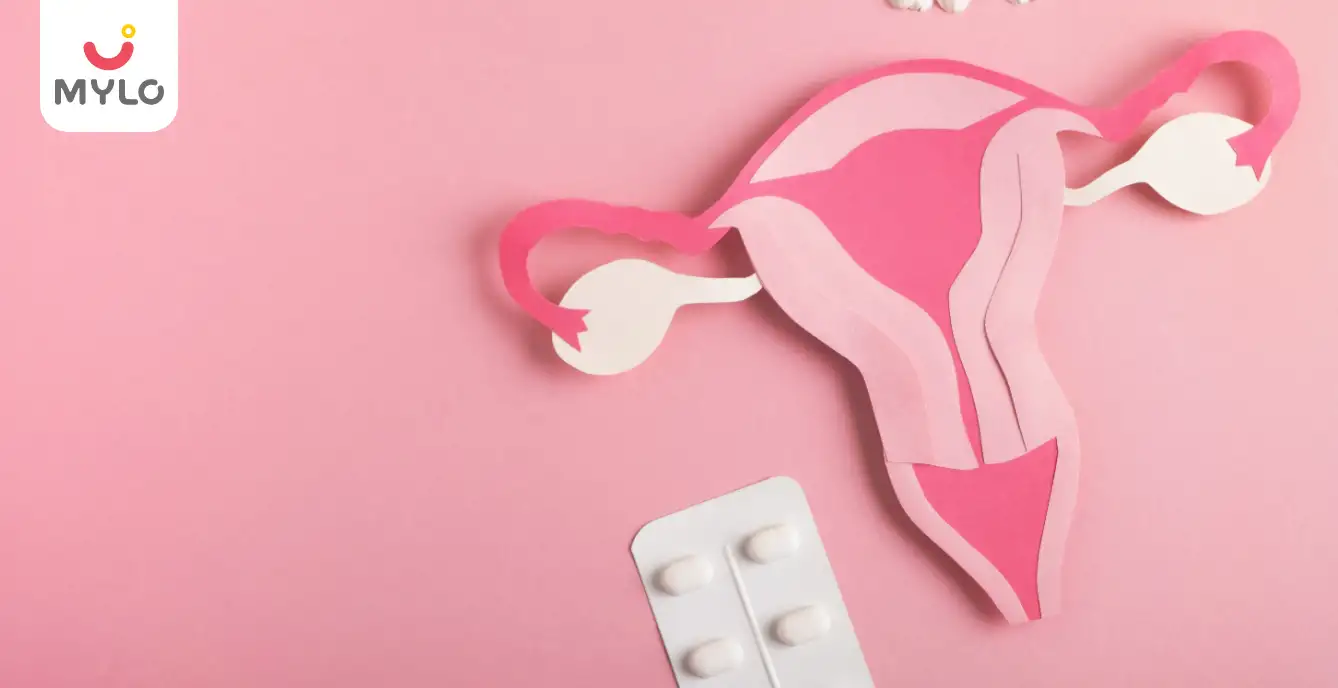
Menstrual Cycle
Deviry 10mg for Menstrual Disorders: Is It the Right Choice for You
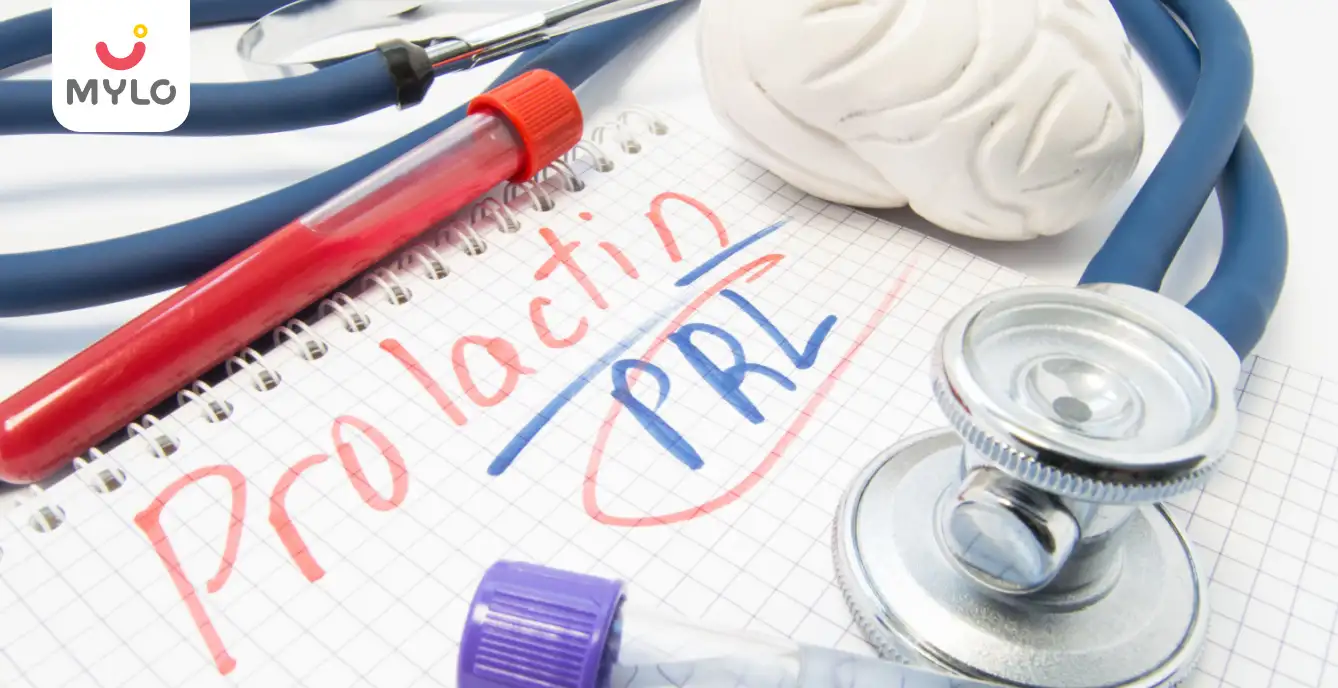
Hormones
Hyperprolactinemia: How High Prolactin Levels Can Affect Your Chances of Conception
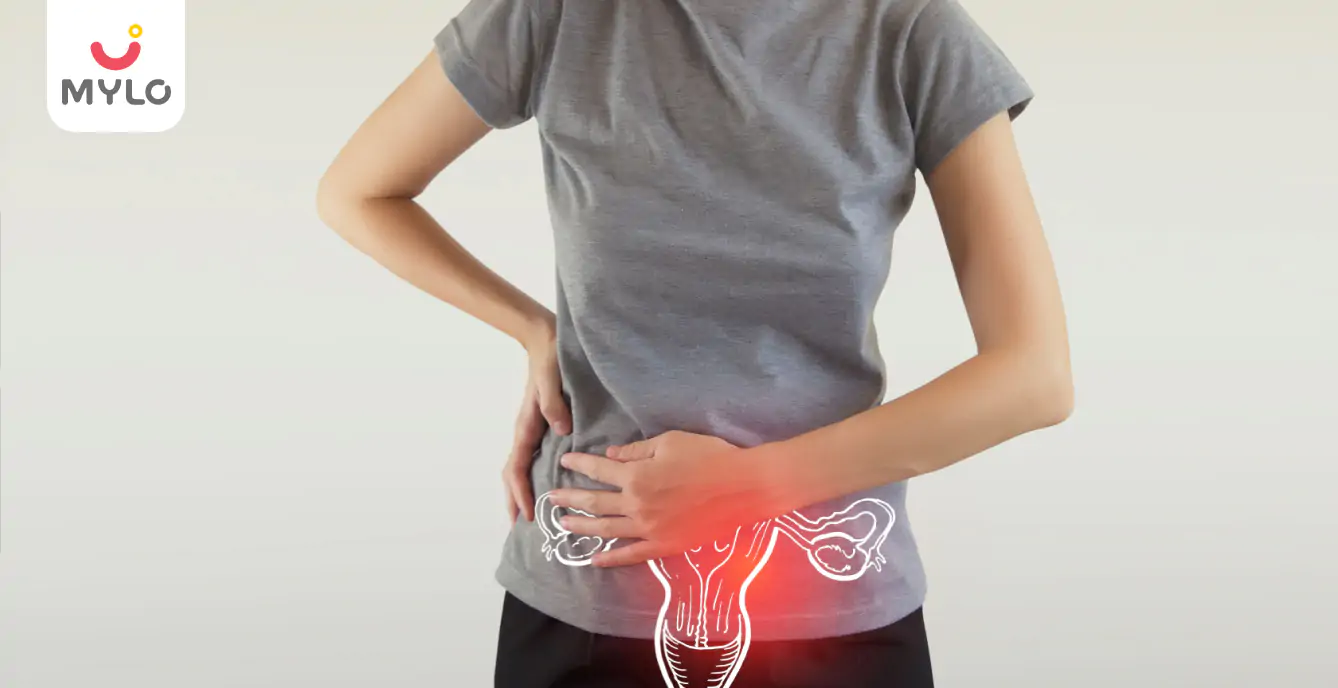
Fibroids
Myomectomy: A Comprehensive Guide to Uterine Fibroid Removal Surgery
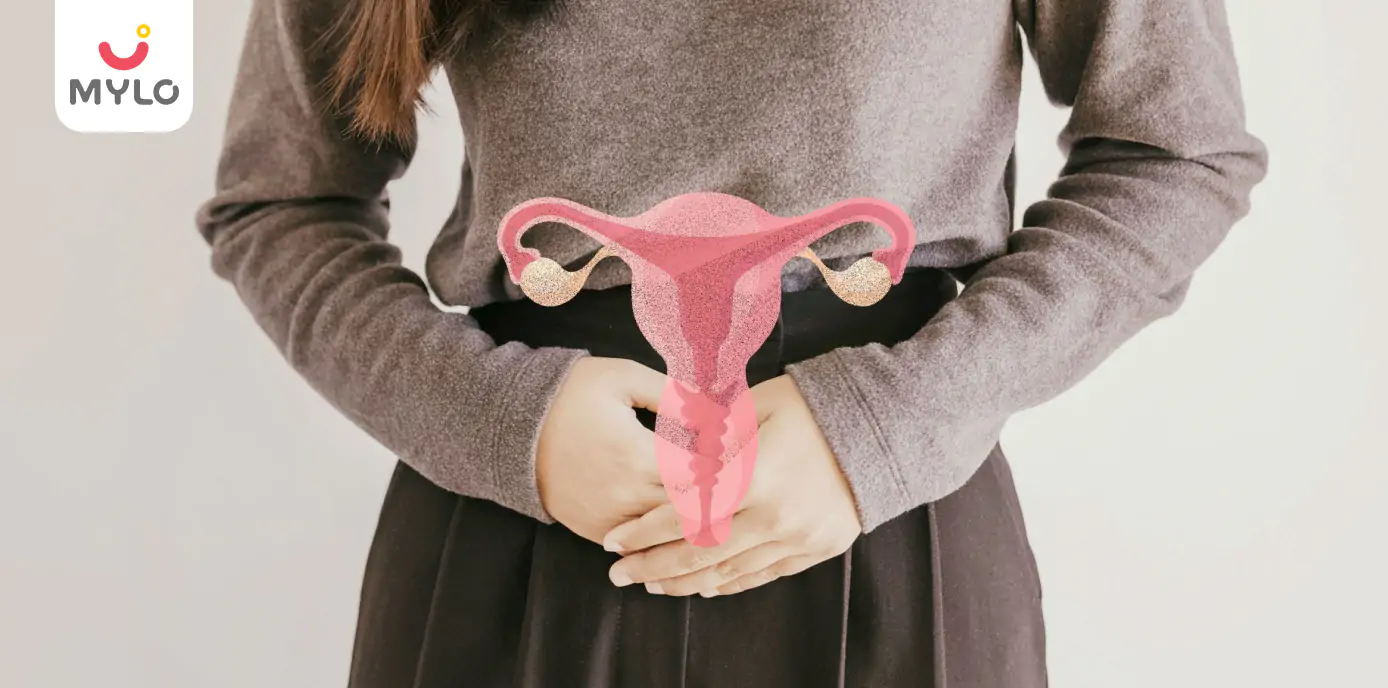
Menstrual Cycle
The Hormonal Dance: Understanding Which Hormones Regulate Menstrual Cycle

Cold & Cough
7 home remedies to cure cough and cold in infants

Conception
How to Increase Endometrial Thickness: Your Guide to Science-Backed Tips
- Endometrial Scratching: The Ultimate Guide to Meaning, Benefits and Impact on Conception
- The Ultimate Guide to Buying a Baby Bath Tub for New Parents
- Strawberry in Pregnancy: Why Should This Fruit Be on Your Pregnancy Platter?
- Benefits of Wearing a Pregnancy Belt Before Delivery
- PCOS Treatment in Homeopathy: The Ultimate Guide to Natural Remedies
- Manjistha: Ayurveda's Best-Kept Secret for Health and Beauty
- Metformin for PCOS: How This Medication Can Help Regulate Hormonal Imbalances
- 5 Tips on How to Get Pregnant When You Are Fat
- Do Antibiotics Affect Fertility: Debunking Common Myths and Misconceptions
- Disadvantages of Releasing Sperm Daily: Debunking Common Myths
- Varicocele Surgery Cost: What You Need to Know Before You Go Under the Knife
- Testicular Pain: Don't Ignore, Know When to Seek Medical Attention
- PCOS with Regular Periods: Understanding the Symptoms and Implications
- Bulky Uterus: What You Need to Know About this Common Gynecological Issue


AWARDS AND RECOGNITION

Mylo wins Forbes D2C Disruptor award

Mylo wins The Economic Times Promising Brands 2022
AS SEEN IN
















- Mylo Care: Effective and science-backed personal care and wellness solutions for a joyful you.
- Mylo Baby: Science-backed, gentle and effective personal care & hygiene range for your little one.
- Mylo Community: Trusted and empathetic community of 10mn+ parents and experts.
Product Categories
baby carrier | baby soap | baby wipes | stretch marks cream | baby cream | baby shampoo | baby massage oil | baby hair oil | stretch marks oil | baby body wash | baby powder | baby lotion | diaper rash cream | newborn diapers | teether | baby kajal | baby diapers | cloth diapers |








